Impact of Lifestyle Changes
Lifestyle changes among the German population are significantly impacting the dyspepsia market. Factors such as increased consumption of processed foods, sedentary lifestyles, and heightened stress levels are contributing to a rise in dyspepsia cases. Recent surveys indicate that nearly 30% of adults report experiencing digestive issues related to lifestyle choices. This trend suggests a growing need for effective treatments and preventive measures within the dyspepsia market. As individuals seek solutions to manage their symptoms, there is potential for increased demand for over-the-counter medications and dietary supplements aimed at alleviating dyspepsia, thereby driving market growth.
Rising Healthcare Expenditure
The upward trend in healthcare expenditure in Germany is another critical driver for the dyspepsia market. With the government and private sectors increasing their investments in healthcare services, there is a greater availability of resources for the diagnosis and treatment of dyspepsia. In 2025, healthcare spending is projected to account for approximately 12% of the country's GDP, facilitating access to advanced medical treatments and therapies. This financial commitment is likely to enhance the overall healthcare infrastructure, allowing for better management of dyspepsia cases and fostering growth in the market. As healthcare systems evolve, the dyspepsia market stands to benefit from improved patient care and treatment options.
Growing Awareness of Digestive Health
There is a notable increase in public awareness regarding digestive health in Germany, which is positively influencing the dyspepsia market. Educational campaigns and health initiatives are encouraging individuals to seek medical attention for digestive issues, including dyspepsia. This heightened awareness is likely to lead to earlier diagnosis and treatment, which could result in a more significant market share for dyspepsia-related products. Additionally, as consumers become more informed about the importance of gut health, they may be more inclined to invest in preventive measures and treatments, thereby driving demand within the dyspepsia market.
Advancements in Pharmaceutical Research
Innovations in pharmaceutical research are driving the dyspepsia market in Germany. The development of new medications and treatment protocols, particularly those that target the underlying causes of dyspepsia, is gaining momentum. Recent studies indicate that the market for dyspepsia treatments could reach €1 billion by 2027, reflecting a compound annual growth rate (CAGR) of 5%. This growth is attributed to the introduction of novel therapies that offer improved efficacy and safety profiles. As pharmaceutical companies invest in research and development, the availability of advanced treatment options is likely to enhance patient outcomes and satisfaction, further propelling the dyspepsia market.
Increasing Prevalence of Gastrointestinal Disorders
The rising incidence of gastrointestinal disorders in Germany appears to be a significant driver for the dyspepsia market. According to recent health statistics, approximately 25% of the German population experiences some form of digestive discomfort, which includes dyspepsia. This growing prevalence is likely to increase the demand for effective treatment options, thereby expanding the market. Furthermore, as awareness of gastrointestinal health improves, more individuals are seeking medical advice and treatment, contributing to market growth. The dyspepsia market is expected to benefit from this trend, as healthcare providers are likely to focus on developing targeted therapies to address the specific needs of this patient population.


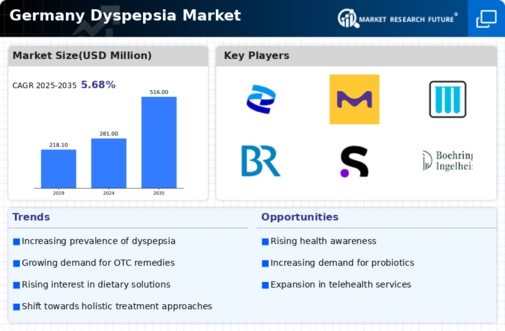
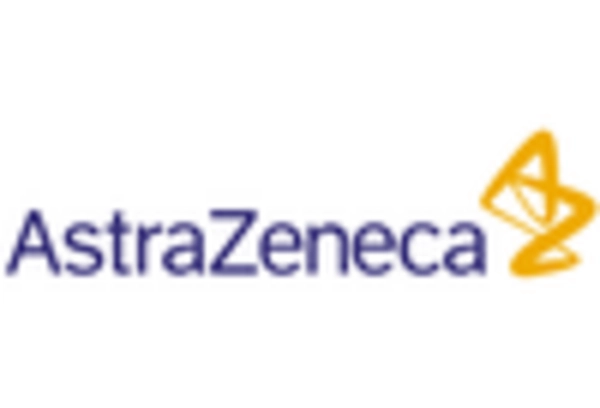
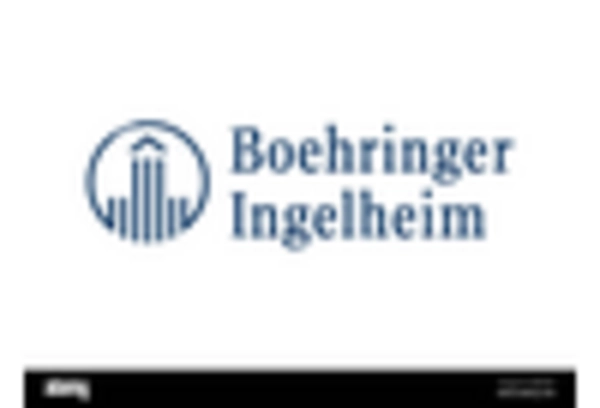
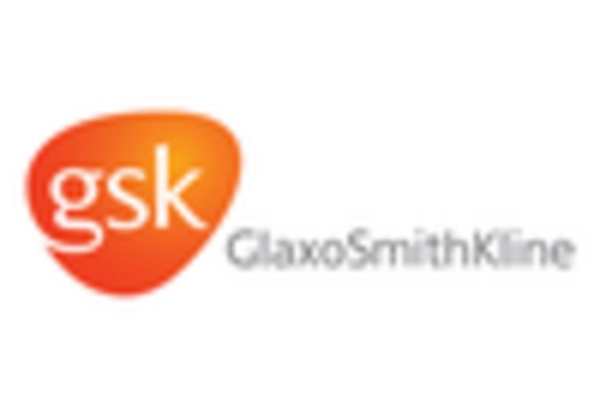
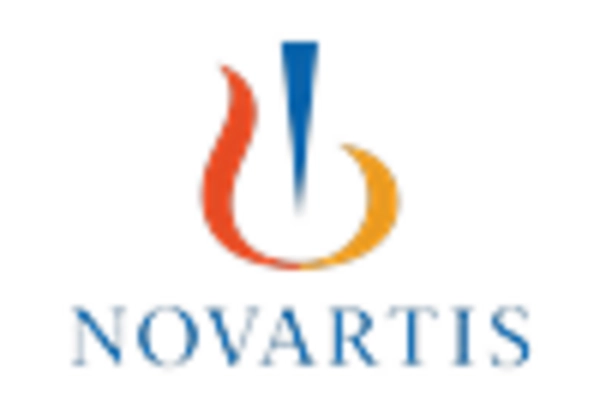
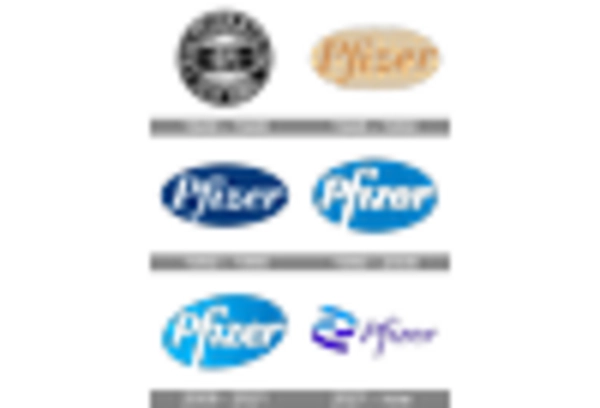
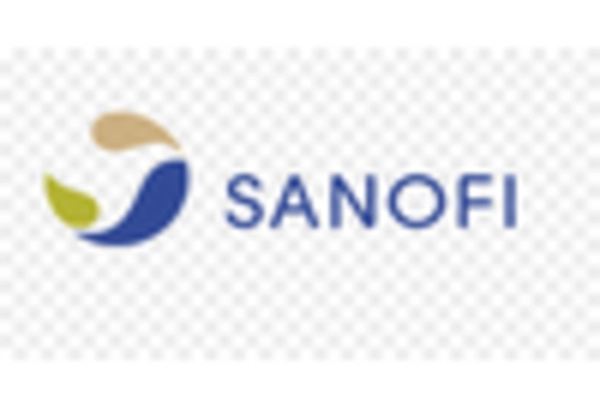








Leave a Comment